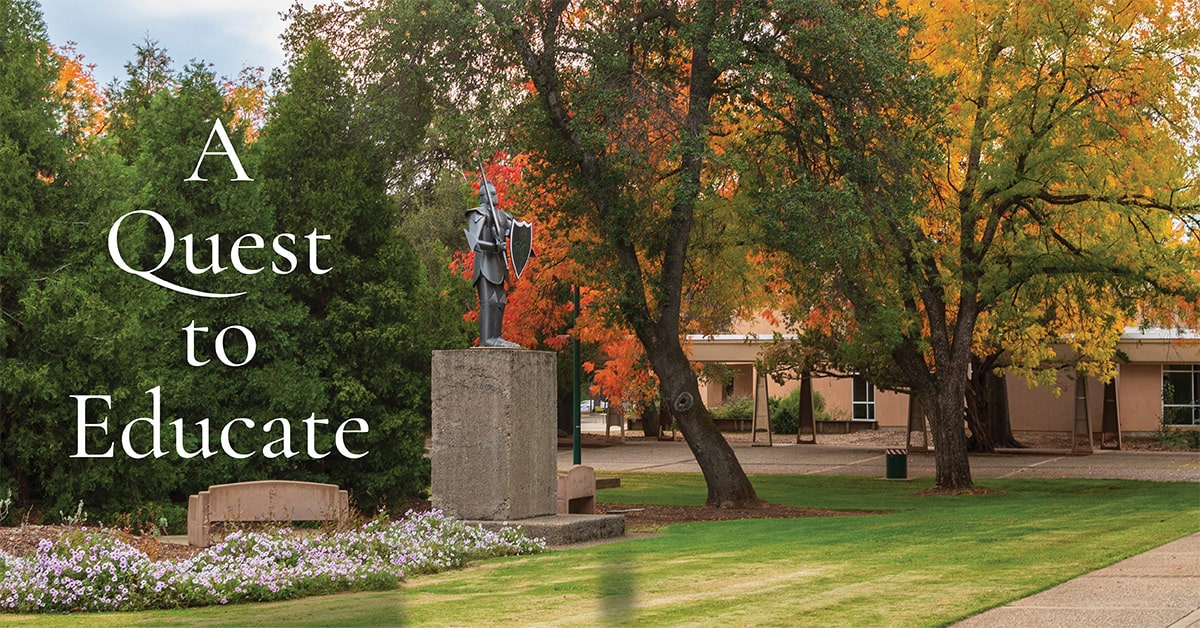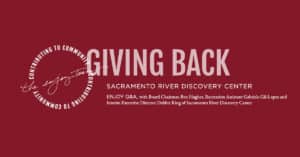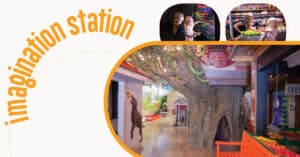A Quest to Educate
Celebrating 75 Years of Shasta College…
Shasta College is the little institution that could. Sometimes considered more of an afterthought with its main campus tucked away in northeast Redding, it quietly soldiers on, serving students of all ages.
Now, as it prepares to celebrate its 75th anniversary, Shasta College is ready to spread its wings and show off a bit. There’s plenty to be proud of, says Frank Nigro, a 27-year veteran of the college who was named president in June.
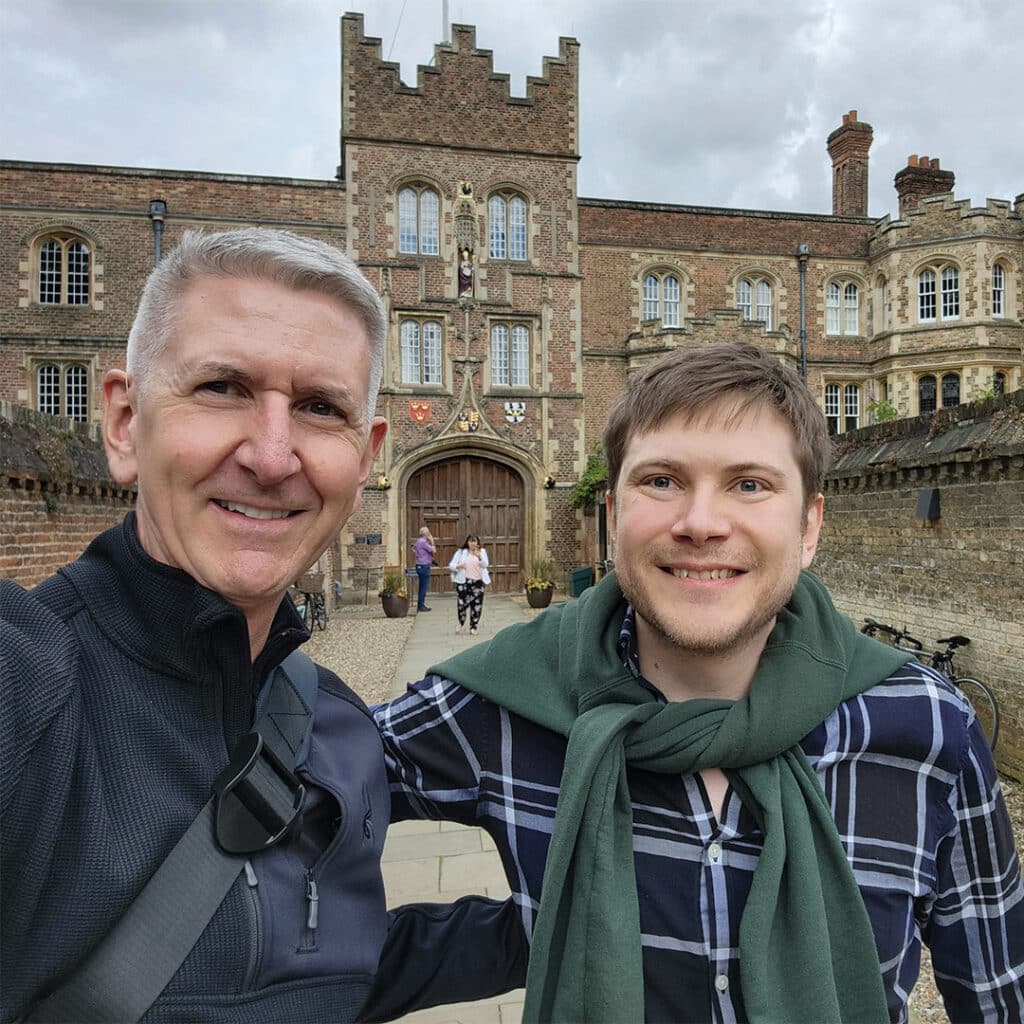
Some of the progress has been straightforward. Nigro chuckles as he recalls his first year as an English instructor in 1997 when no faculty members had personal computers and compares it to the recent COVID-19 pandemic, when some 80 percent of instruction was conducted online.
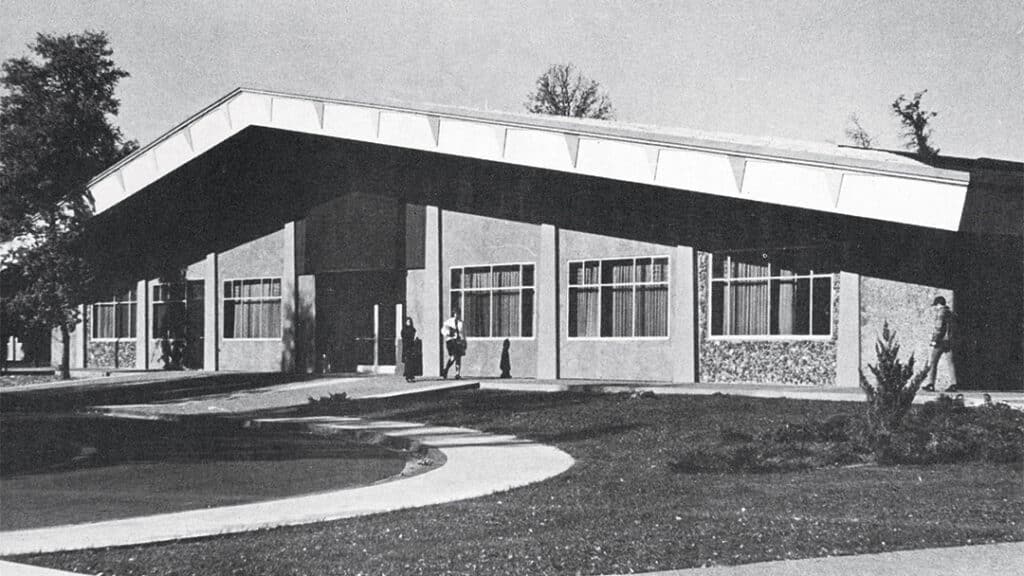
It’s the more fundamental changes, however, that make Nigro proud of Shasta College’s past and fired up for its future. “I’m excited to see the state- and national-level recognition that points to how much we’ve tried to adapt to the times,” Nigro says, noting how successful bond measures in 2002 and 2016 have allowed the college to strengthen programs for early childhood education, fire sciences, health sciences, veterans services, forest health and several more.
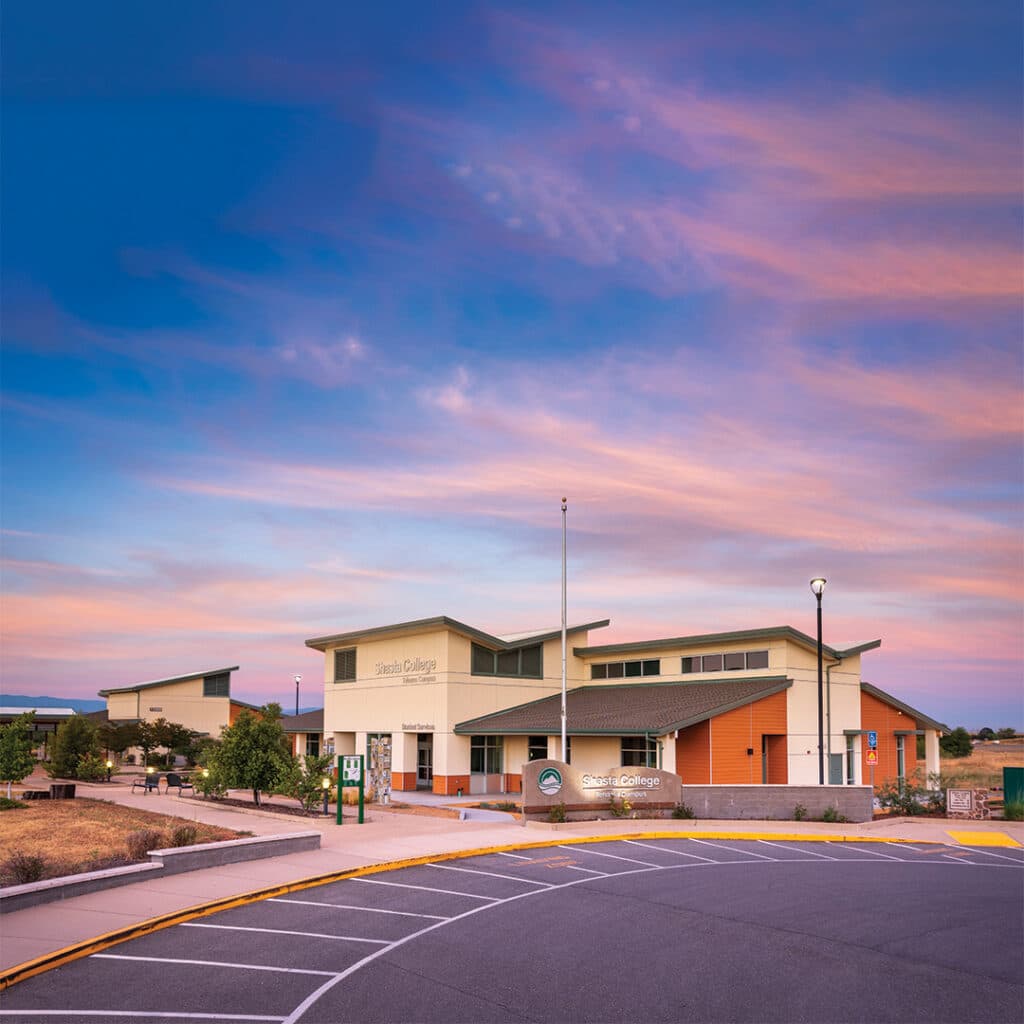
“In the last five or six years, the focus has been on making the campus more student-friendly. If you look around the campus today there’s a combination of old and new buildings – the early childhood education lab, the fire sciences building, the health sciences center (in downtown Redding), the veterans service center – there’s a lot going on. It looks like a construction zone,” Nigro says.
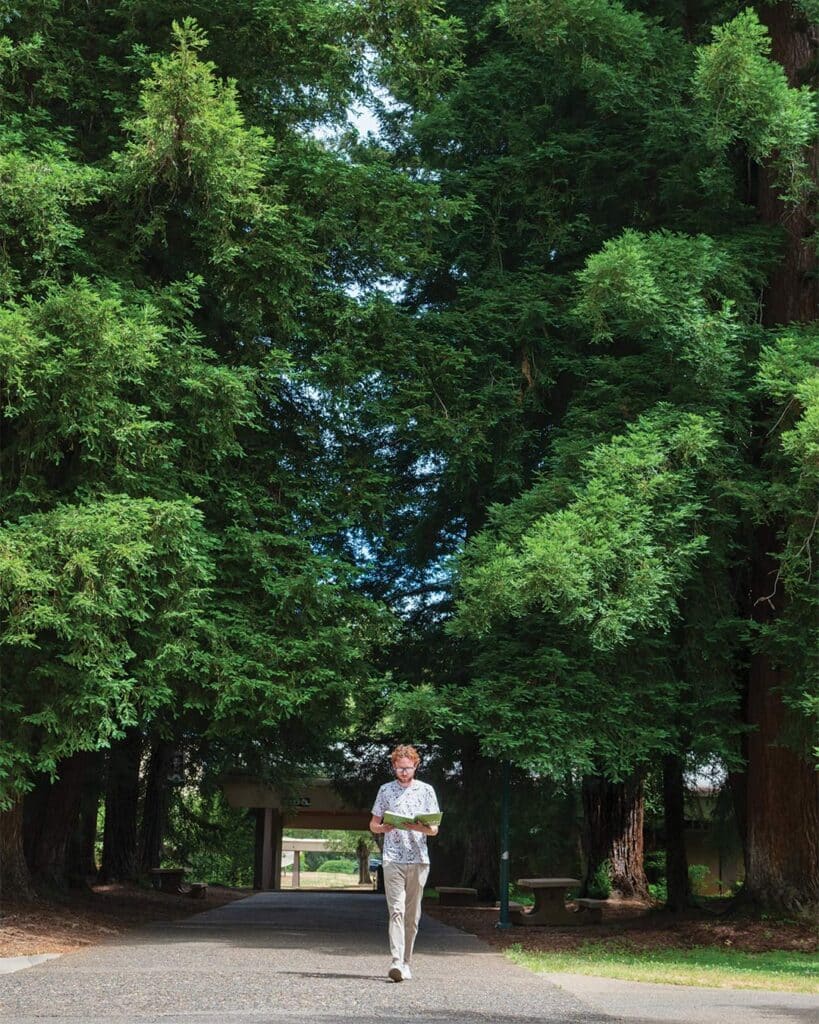
Through its main campus and its satellite campuses in downtown Redding, Weaverville, Red Bluff and Burney, Shasta College serves residents throughout a 10,000-square -mile area that includes parts of Lassen, Modoc and Humboldt counties. It offers students more than 140 degrees and certificates, ranging from an eight-week nursing assistant certificate to a bachelor’s degree.
“We’re batting out of our league,” Nigro says while noting that among the 116 community colleges in California, Shasta is in the top 10 for the number of degrees offered.
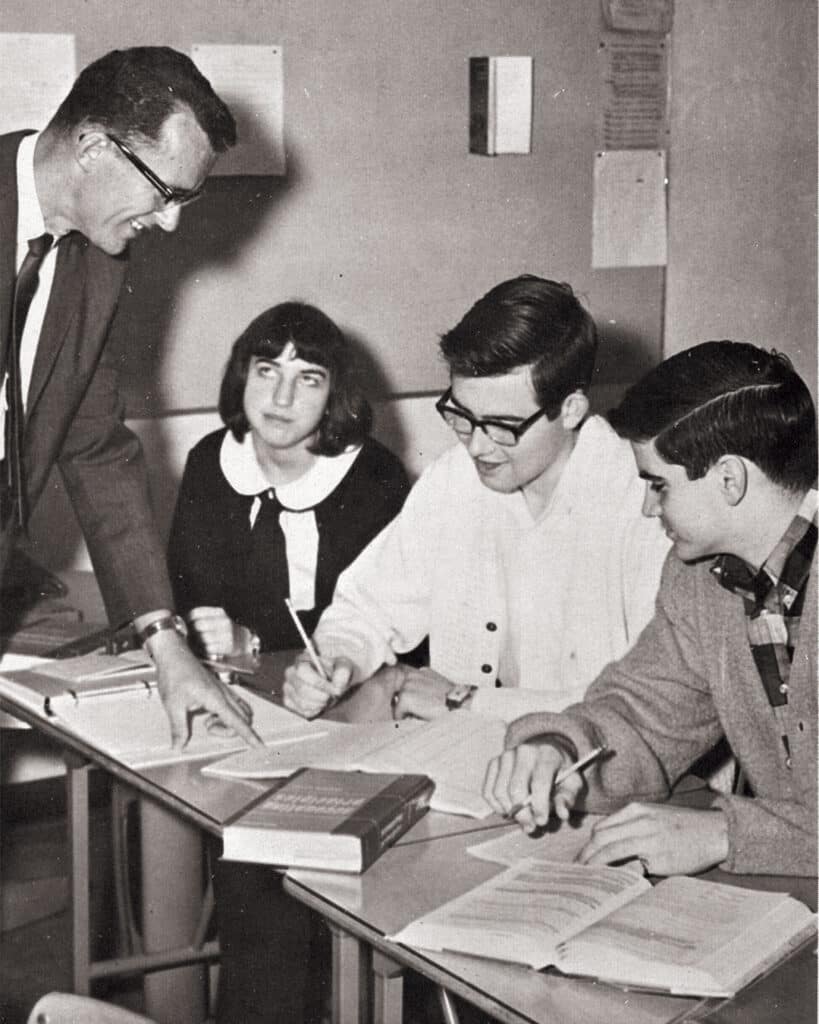
Such an extensive course catalogue could only be dreamed about in 1950, when Shasta College opened its doors at its Eureka Way campus (now home to Shasta High School) and welcomed 256 students. President Harry S. Truman added to the excitement that year when he spoke at Thompson Field as part of California’s centennial celebration.
The college moved to its current 337-acre campus on Old Oregon Trail after voters approved a bond measure in 1964.
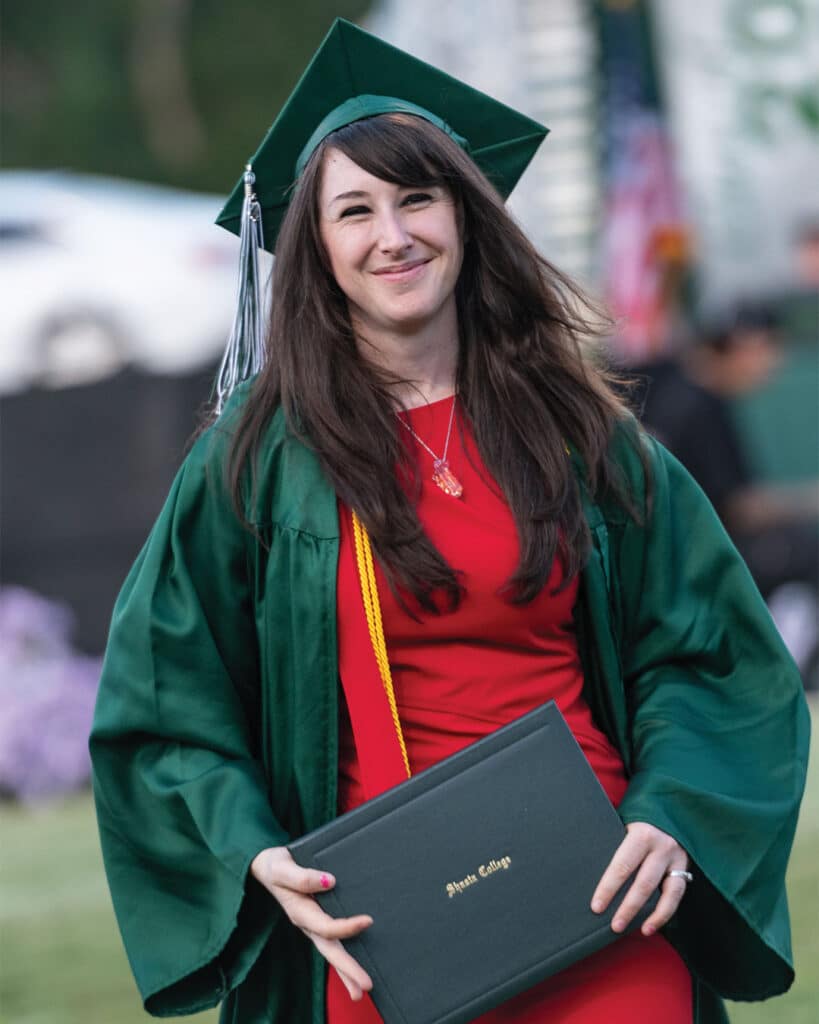
Gary Lewis began his academic career at that campus in 1975 when he was hired as a cross-country track coach and part-time business instructor. He retired as president in 2011 and continues to be an advocate for community colleges.
He likes the flexibility, the affordability, the individualized attention students receive and the career-oriented programs on offer.
“They can try a number of different things: agriculture, business, whatever, and determine what they like best. The career-focused education is big. I was real interested in the fire sciences program at Shasta,” Lewis says. “Kids got good-paying jobs right out of college.”
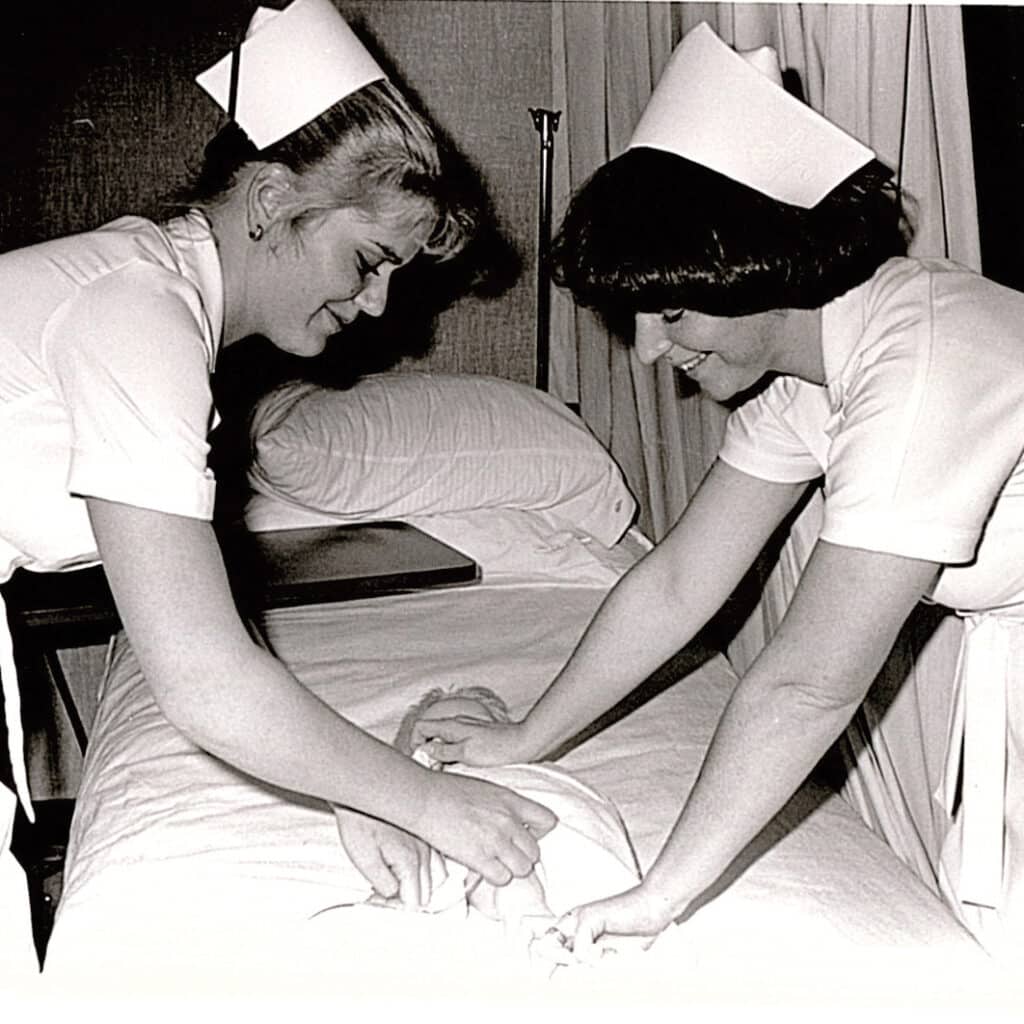
With the chances of Redding attracting a Cal State or UC campus slim to nonexistent, Shasta College is in a unique position to serve the North State, argues longtime Shasta-Tehama-Trinity Joint Community College District Trustee Kendall Pierson.
“It’s our mission to educate folks,” the board president says, and the college has excelled at assembling the staff to get that job done. Pierson says he’s proud of the innovative programs in place to help working adults and others to complete bachelor’s or associate’s degrees.
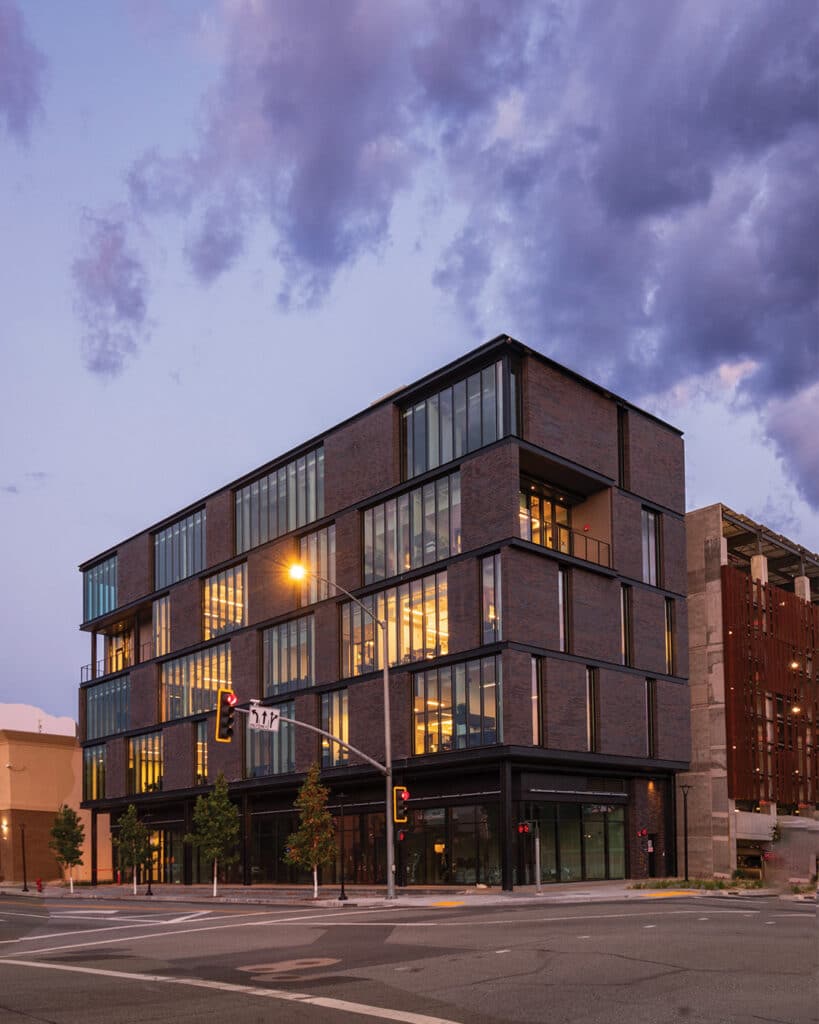
Some of those user-friendly programs include the hugely popular dual/concurrent enrollment program that allows high school students to collect college credits before arriving on campus. “It’s a huge benefit for students and parents,” Nigro says. “It reduces the cost of education and we can reach into these communities where we could never offer a course and they can do it in high school classes.”
There’s also the Associate Degree for Transfer program that guarantees students admission into a Cal State university; the Promise program that offers eligible students two years of free tuition; and options from the Shasta College Attainment and Innovation Lab for Equity that include compressed eight-week courses and credit for prior learning.
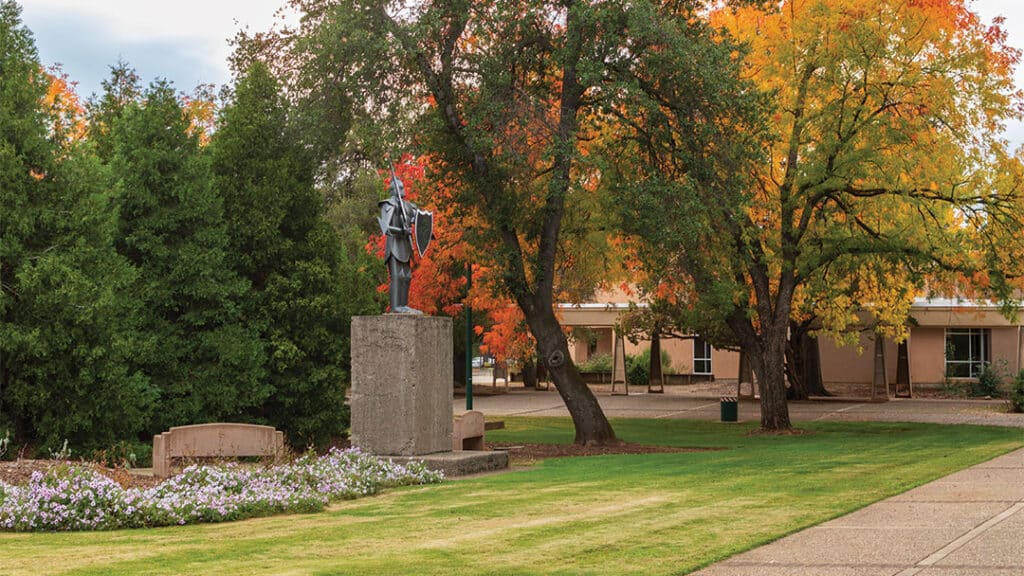
College enrollment is about 9,000, including 5,600 who are considered the equivalent of full-time, which Nigro says is almost back to pre-pandemic levels. “It’s so heartening to see we’ve been clawing our way back,” he says. “We produce most of the nurses and firefighters, we give teachers their first starts … we give people the opportunity to change their lives and their children’s lives. We want people to go to college.”
Nigro recalls former Redding resident Samuel Diener, who was six years removed from high school and working as a cook when he enrolled at Shasta College. After graduating Shasta, Diener received an undergraduate degree at UC Berkeley, a master’s and PhD at Harvard and now teaches at Cambridge University in England. “An extreme case but not unusual,” Nigro says. “So many people have started here and gone on to great things.”

Pierson feels a fair amount of credit for Shasta College’s success and longevity rests with the staff. “The quality of folks out at the college is amazing. They’re motivated and very attentive and they have a passion for what they’re doing. And it’s contagious.”
That success is evident at the end of every spring semester, says Pierson, who has served as a trustee for 24 years. “When you see people walking across that stage and getting diplomas, it’s pretty moving. A lot of them are the first in their family to get a degree beyond high school. They’ve got a confidence and a readiness for the work force.”•
www.shastacollege.edu

